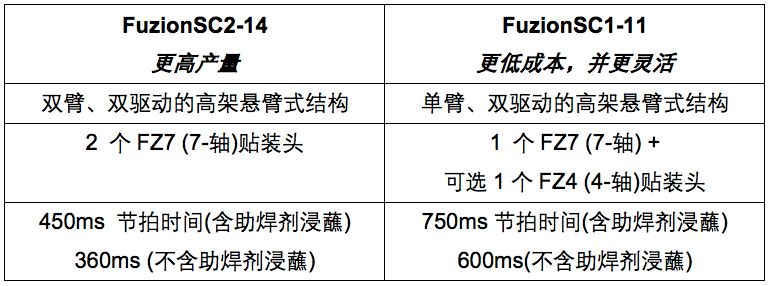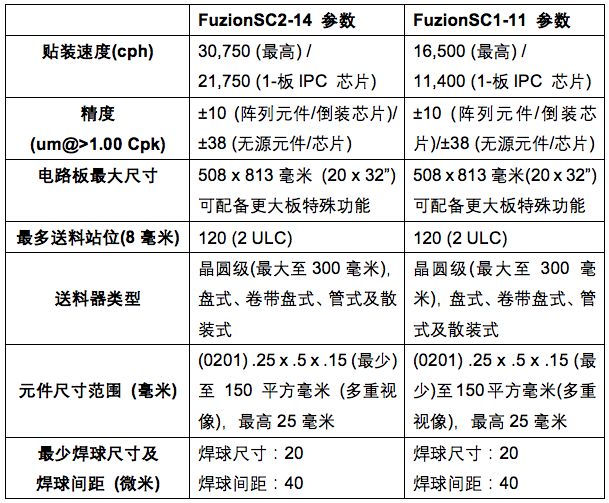As mobile electronic products tend to be lightweight, multi-functional, and low-power, in order to accommodate more pins in a smaller package area, the wafer-level chip package WLCSP has been developed. It has more functional integration, more advantages in size, cost and performance, and can be used in mobile phones, Bluetooth products, medical equipment, radio frequency transceivers, power management units, audio amplifiers and GPS modules.
What is wafer level chip packaging WLCSP?
You may be familiar with BGA. CSP is a small BGA. The shape and ball pitch are smaller than BGA. BGAs with ball pitch less than 0.8 mm are called CSP, or the ratio of the package area to the chip area is less than 1.2.
As for WLCSP, it is wafer-level CSP, that is, a large flip chip with no carrier in the middle. The solder balls are directly planted on the silicon substrate. The pitch of the solder balls is generally between 0.4 and 0.8 mm. Due to the close pitch of wafer-level chip packaging, its sensitivity far exceeds that of BGA.
So, what should manufacturers pay attention to when assembling wafer-level chip packaging, which has the characteristics of small solder ball diameter, small solder ball pitch, and small outline size? What solution did Universal Instruments propose?
Assembly process of wafer-level chip packaging
There are currently two processes, one is solder paste assembly, but in order to avoid "bridging" or "less tin" defects, Universal Instruments recommends the method of flux dipping for assembly.
Process flow:
Pick up wafer level chip packaging
Dipping flux
Mount wafer level chip packaging
Reflow soldering
Underfill (if needed)
Here, we will focus on the flux dipping process. Universal Instruments recommends the flux film dipping method, that is, dipping a certain thickness of flux film before component placement, so that a certain amount of flux is attached to each solder ball. .
Two major advantages of using flux film dipping:
Easy to install and operate
Whether it is tin-lead or lead-free solder joints, a better wetting effect can be obtained, and of course it is also related to the reflow soldering process
Two major challenges of using flux film dipping:
The difference in the height of the solder balls, the degree of oxidation of the solder balls, and changes in temperature and humidity affect the amount of flux obtained by the solder balls
Sticky flux is continuously exposed to the air
The flux application unit is an important part of controlling the flux dipping process. The basic principle of its work is to obtain a set thickness and stable flux film, so that each solder ball dipped in the same amount of flux.
To accurately and stably control the thickness of the flux film while meeting the requirements of high-speed dipping, the following requirements must be met:
1. Multiple (such as 4 or 7) components can be dipped in flux at the same time to increase output
2. The flux application unit should be simple, easy to operate, easy to control, and easy to clean
3. It can handle a wide range of flux or solder paste. The viscosity range of the flux suitable for the dipping process is wide, and it can handle thinner and more viscous fluxes, and the thickness of the obtained film should be uniform.
4. The dipping process can be accurately controlled, and the dipping process parameters will be different due to different materials, so the dipping process process parameters must be individually controlled, such as the downward speed, pressure, residence time, and upward acceleration.
Universal's linear film applicator can produce a thin layer of flux, solder paste, and adhesive. It should be used to dip the wafer CSP individually or in groups, and apply the required amount of material to the appropriate area.
It is mainly composed of two parts, which are fixed to hold the soldering flux to avoid continuous exposure of the soldering flux to the air; and the soldering flux plate that can move back and forth in a straight line with different depths.
The flux in the flux tank is constantly replenished to the bottom of the flux plate that moves back and forth. After stabilization, the thickness of the flux is equivalent to the depth of the plate. As long as you use plates of different depths, you can obtain fluxes of different thicknesses, which are suitable for solder balls of different heights.
Advantages of linear film applicator:
Linear drive can ensure uniform film thickness and repeatability
Fast switching flux plate and depth control (no need to adjust)
Up to 7 axes can be group dipped together
Typical viscosity 10K to 28.5K centipoise
Programmable time for the number of cycles of back scraping
Programmable dip residence time
Programmable maintenance monitor
Quick release fixture, easy to clean
Extra large capacity (can maintain up to 8 hours of operation)
Confirm dipping with placement axis touch sensing
Universal Instruments' FuzionSC platform is specially designed to deal with advanced packaging and assembly. Each machine is equipped with up to 2 linear film applicators, which can process wafer-level CSP assembly at high speed.
Two series of FuzionSC placement machine


Shenzhen Uscool Technology Co., Ltd , https://www.uscoolvape.com